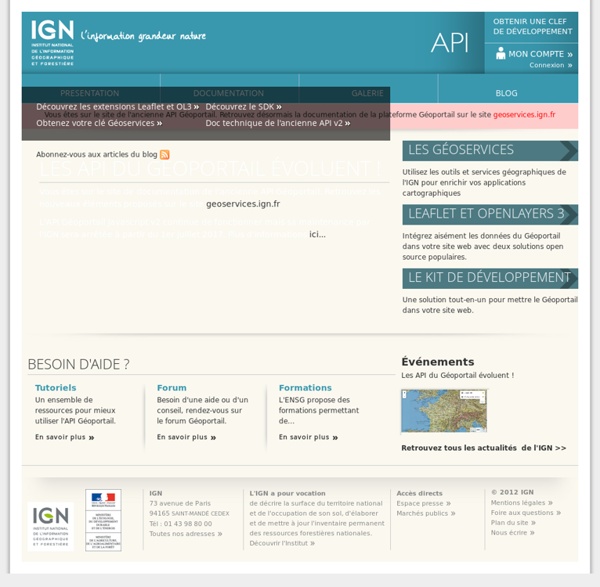



Your Sky by John Walker Welcome to Your Sky, the interactive planetarium of the Web. You can produce maps in the forms described below for any time and date, viewpoint, and observing location. If you enter the orbital elements of an asteroid or comet, Your Sky will compute its current position and plot it on the map. Each map is accompanied by an ephemeris for the Sun, Moon, planets, and any tracked asteroid or comet. A control panel permits customisation of which objects are plotted, limiting magnitudes, colour scheme, image size, and other parameters; each control is linked to its description in the help file. Your Sky provides three ways to view the sky with links, where appropriate, among the various presentations. Sky Map The sky map shows the entire sky as viewed from a given location at a specified time and date. Horizon Views Horizon Views, showing the stars above the horizon as seen from a specified observing site at a given date and time. The Virtual Telescope Your Sky help Related Software
Terraforming Transplanting seas to inland ocean lakes? A good idea for the Middle East? The two century-old and highly respected Japanese engineering giant Shimizu has hatched a wild and crazy proposal to rehabilitate the desert for human use. Their idea is to move vast amounts of seawater along canals that would track deep into desert landmasses to create a series of connected huge inland seas measuring 30 km (18 miles) across. Each seawater lake with its city would spaced apart along connecting canals measuring 150 km (93 miles) between each seawater lake city. A similarly massive water project initiated by Libya transfers fresh water from a distant underground aquifer. By contrast, this project uses seawater, already on the surface. To prevent it from soaking down into the sand the water in the lakes would be retained by a continuous, two-meter-thick underground wall that reaches down to the impermeable layer, (presumably protected with rebar against earthquake). Image:Shimizu Corporation
Surprising Sea Slug Is Half-plant, Half-animal A green sea slug appears to be part animal, part plant. It's the first critter discovered to produce the plant pigment chlorophyll. The sneaky slugs seem to have stolen the genes that enable this skill from algae that they've eaten. With their contraband genes, the slugs can carry out photosynthesis — the process plants use to convert sunlight into energy. "They can make their energy-containing molecules without having to eat anything," said Sidney Pierce, a biologist at the University of South Florida in Tampa. Pierce has been studying the unique creatures, officially called Elysia chlorotica, for about 20 years. "This is the first time that multicellar animals have been able to produce chlorophyll," Pierce told LiveScience. The sea slugs live in salt marshes in New England and Canada. "We collect them and we keep them in aquaria for months," Pierce said. The slugs accomplishment is quite a feat, and scientists aren't yet sure how the animals actually appropriate the genes they need.